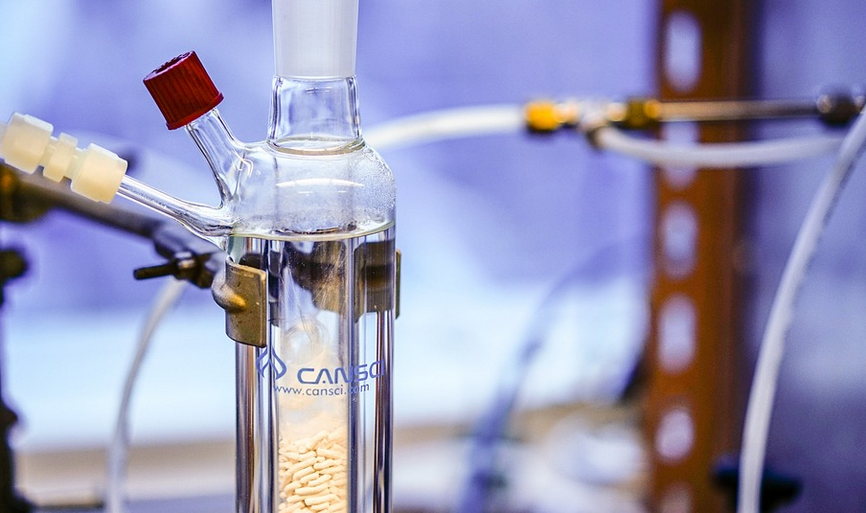The Basics of Acid-Base Titration
Titration is a chemical technique used to determine the concentration of a solution by reacting it with a solution of known concentration. In acid-base titration, an acid and a base are reacted together to determine the concentration of the acid or the base. The point at which the reaction is complete is called the equivalence point.
The Titration Curve
The titration curve is a plot of the pH of the solution being titrated against the volume of the titrant (the solution of known concentration) that has been added. The curve typically has a shape that resembles a wave, with a steep slope near the equivalence point and a gradual slope on either side.
The Titration of Acetic Acid and Sodium Hydroxide
Acetic acid is a weak acid, while sodium hydroxide is a strong base. When these two solutions are titrated, the pH of the acetic acid solution initially decreases as the sodium hydroxide is added. This is because the sodium hydroxide reacts with the acetic acid to form the acetate ion and water. The acetate ion is a weak base, so the pH of the solution increases as more sodium hydroxide is added.
The Equivalence Point
At the equivalence point, all of the acetic acid has been neutralized by the sodium hydroxide, and the pH of the solution is determined by the acetate ion. The pH at the equivalence point is typically around 8.2 for the titration of acetic acid and sodium hydroxide.
The Importance of the Titration Curve
The titration curve is important because it allows us to determine the equivalence point and the end point of the titration. The end point is the point at which the indicator changes color, indicating that the reaction is complete. The equivalence point and the end point should be as close together as possible to ensure accurate results.
Tips for Conducting a Successful Titration
To ensure accurate results, it is important to use precise measurements of both the solution being titrated and the titrant. The titration should be conducted slowly, with the titrant added drop by drop near the end of the reaction. An appropriate indicator should be used to ensure a clear end point.
Conclusion
The titration curve of acetic acid and sodium hydroxide is a useful tool for determining the concentration of a solution. By understanding the basics of acid-base titration and following best practices for conducting a titration, accurate results can be obtained.

